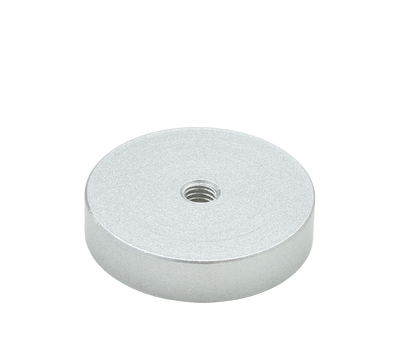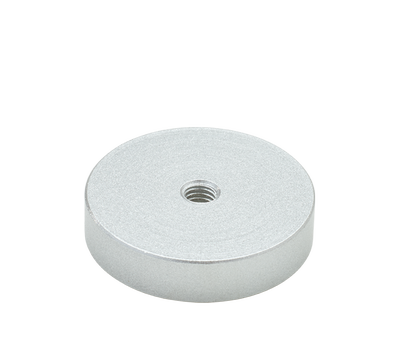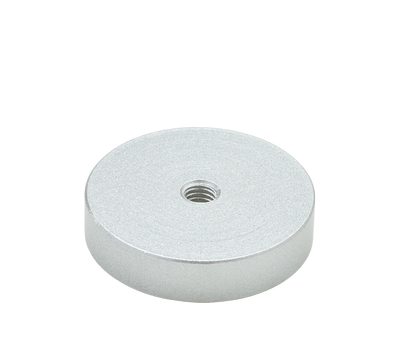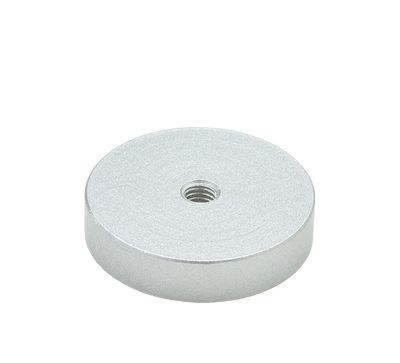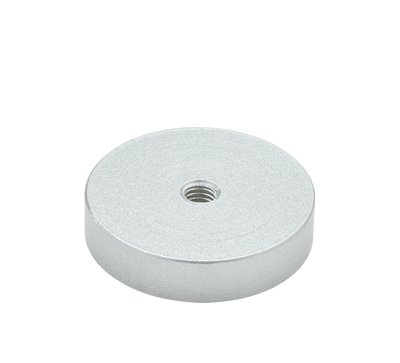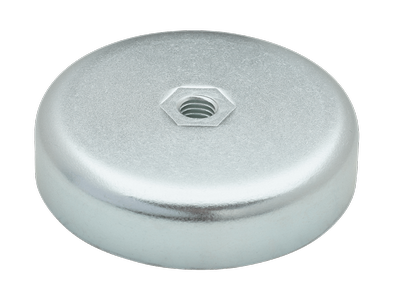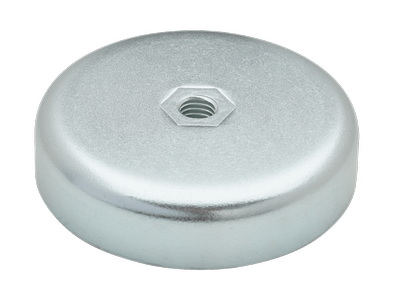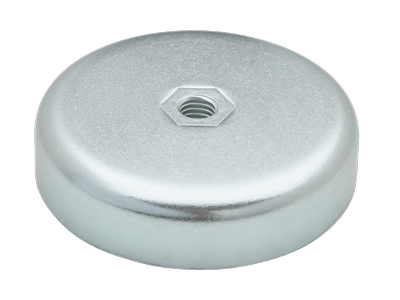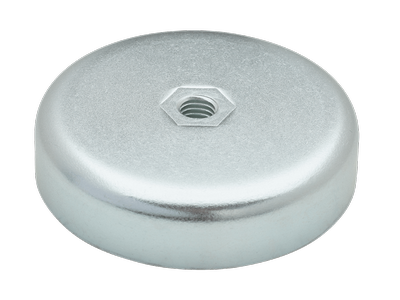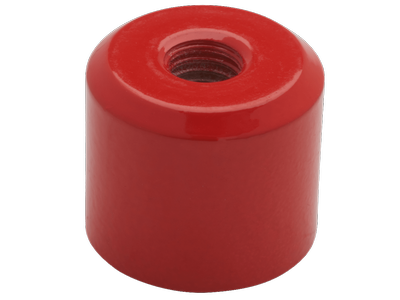Pot magnets with internal thread
Compact magnet systems with a steel shell and thread for easy installation in places with low installation height. There is no force on the pot magnet for assembly. Due to the shell of these magnetic systems, the magnetic field strength increases and the pot magnets are more resistant to corrosion and chemicals. Pot magnets have a single attracting surface. This precludes dispersion of the magnetic field.
- High torque screwable
- Available in various sizes
- Unlimited applications and moveable
- Fast delivery
- Buy magnets online
What does a neodymium pot magnet consist of?
These super-strong pot magnets are made of the alloy neodymium-iron-boron (NdFeB), which Goudsmit markets under the brand name Neoflux®. The shell - or pot - provides magnetic shielding. Goudsmit supplies neodymium pot magnets with a brass or steel shell. The holding surface is covered with a protective coating to prevent corrosion. The cylinder hole makes the magnet system screwable with a high torque.
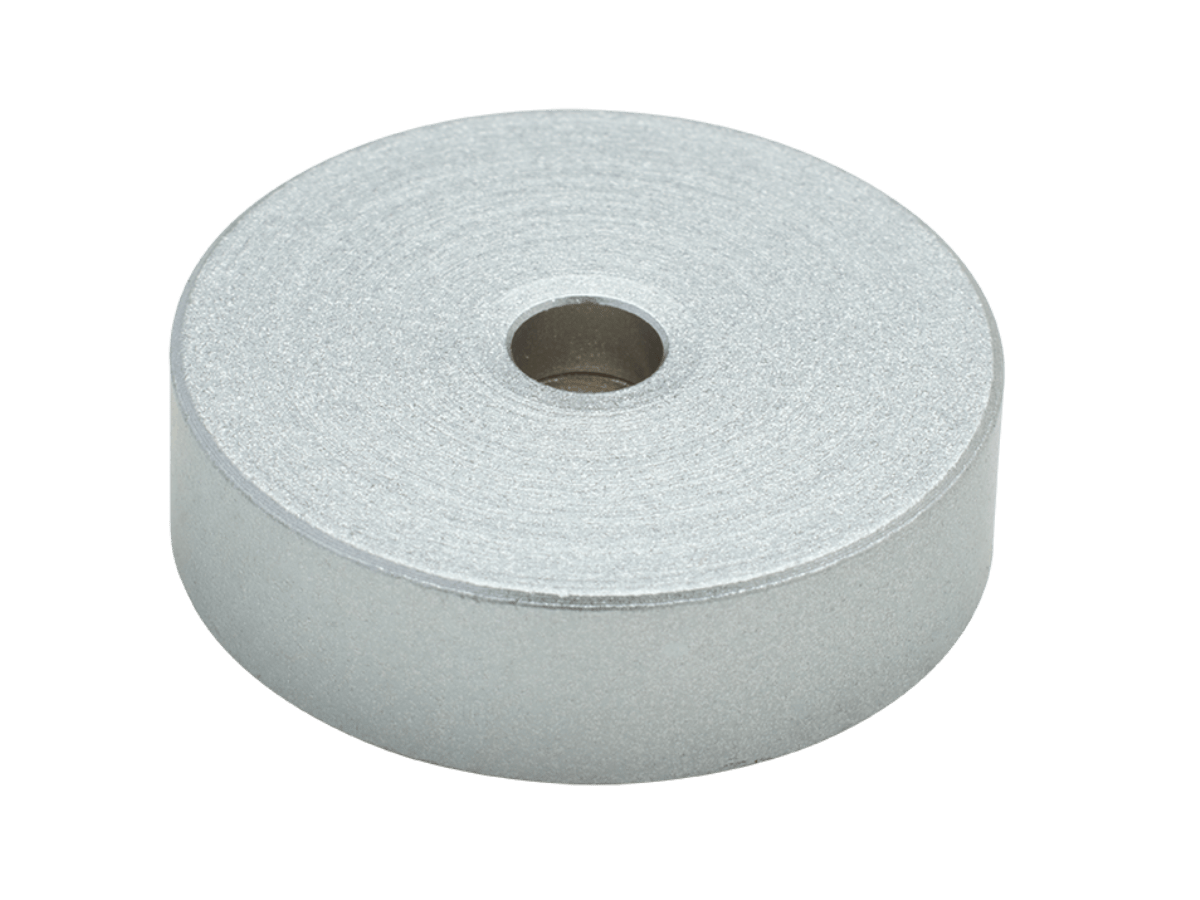
When does loss of magnetic strength occur?
Neodymium cylindrical and flat pot magnets have a maximum operating temperature of up to 80 °C. When heated to this temperature, the magnet loses 15 to 20% of its magnetic force. This is not permanent; the force is restored when the magnet returns to the normal ambient temperature. External magnetic fields may also cause loss of magnetic force. An air gap or non-magnetic materials located between the magnet and workpiece reduce the tensile force.

x
x

Good magnetic properties, affordably priced
Ferrite pot magnets, also referred to as ceramic pot magnets, are fitted with a steel pot that provides shielding of the magnetic field. Ferrite pot magnets require only a minimal installation height. This provides constructive advantages.
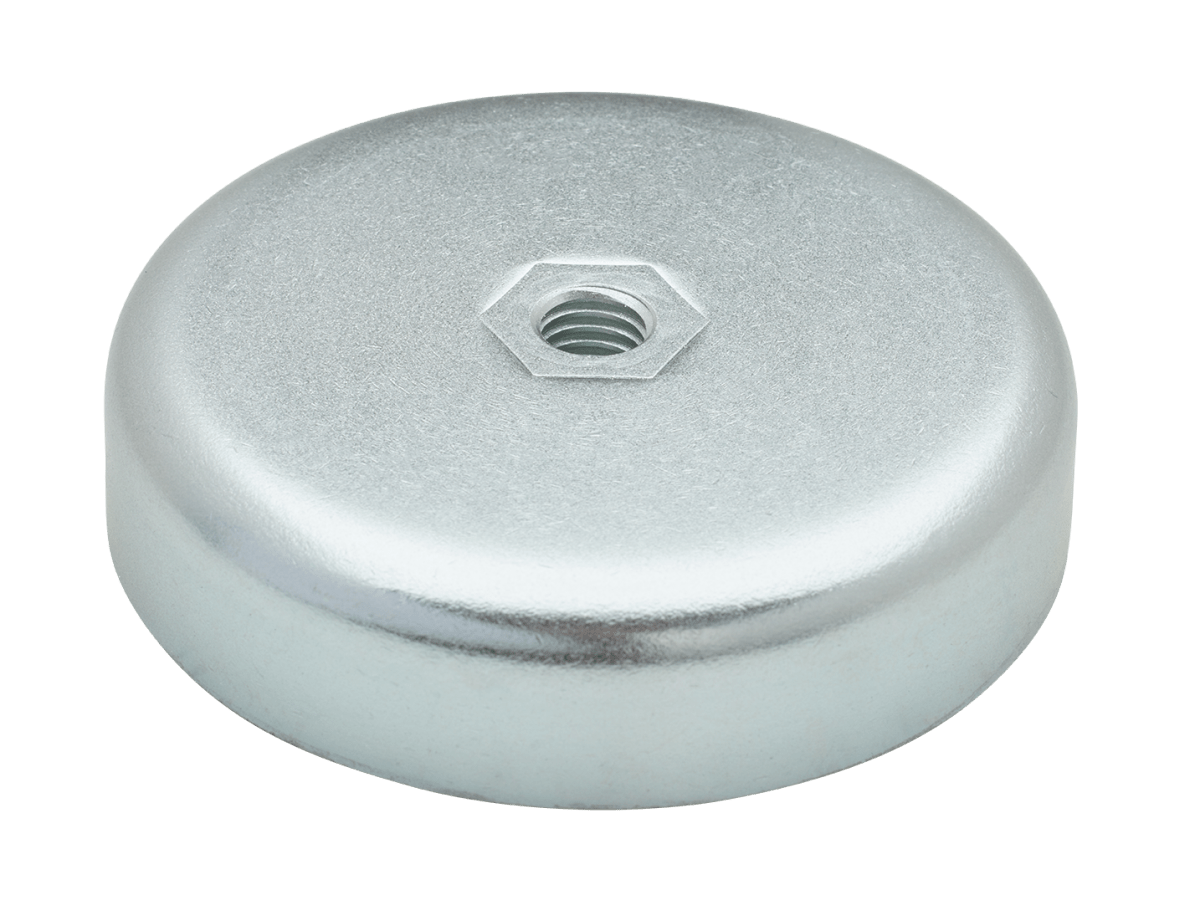
When does loss of magnetic strength occur?
Ferrite pot magnets have an operating temperature of up to 200 °C. When heated to this temperature, the magnet loses 30 to 40% of its magnetic force. This is not permanent; the force is restored when the magnet returns to the normal ambient temperature. External magnetic fields may also cause loss of magnetic force. An air gap or non-magnetic materials located between the magnet and workpiece reduce the tensile force.

Corrosion resistant
Ferrite pot magnets do not corrode and are very suitable for outdoor use.

What does an AlNiCo pot magnet consist of?
AlNiCo pot magnets are made of an alloy of aluminium, nickel and cobalt. They are encased in a steel pot, with a non-magnetizable material - brass or aluminium - in between.
AlNiCo pot magnets have a very high operating temperature.
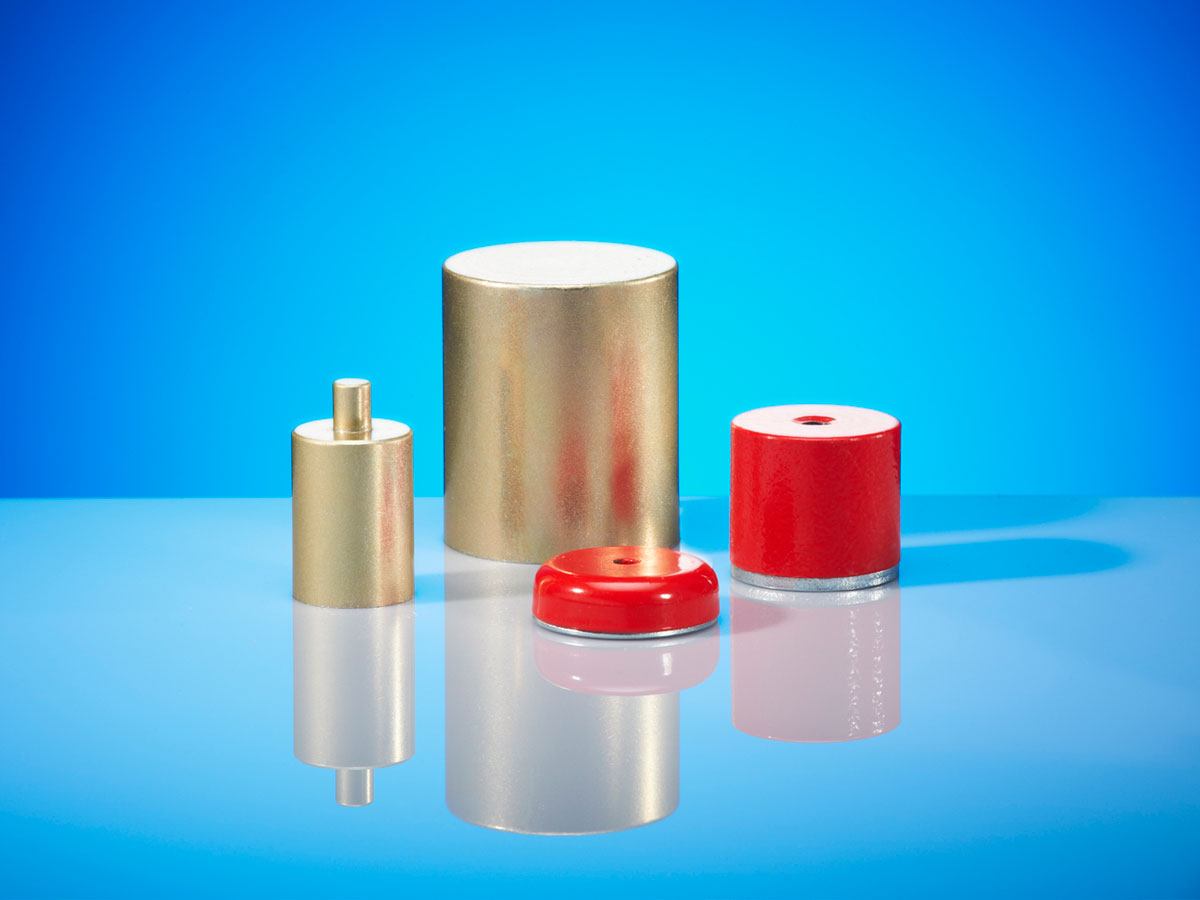
What temperature does magnet strength loss occur at?
AlNiCo pot magnets have a very high operating temperature of up to 450 °C. When heated to this temperature, the magnet loses 30 to 40% of its magnetic force. This is not permanent; the force is restored when the pot magnet cools down to ambient temperature.
External magnetic fields may also cause loss of magnetic force. An air gap or non-magnetic materials located between the magnet and workpiece reduce the tensile force.

Corrosion-resistant
Alnico pot magnets do not corrode and are very suitable for use at high temperatures.
The magnet strength remains the same when the magnet system is shortened down to a maximum value of A.
See the specified value for the relevant item.


